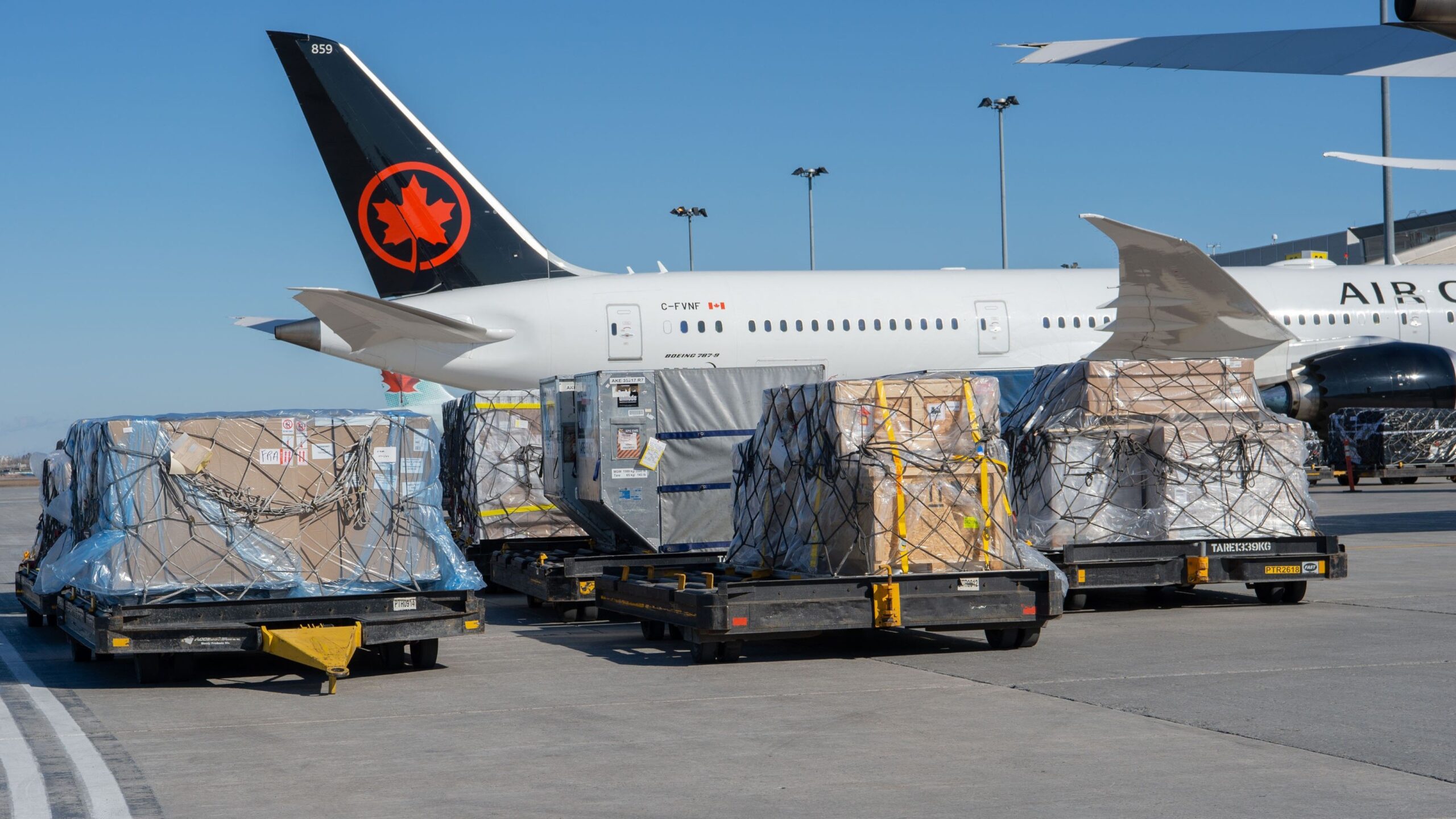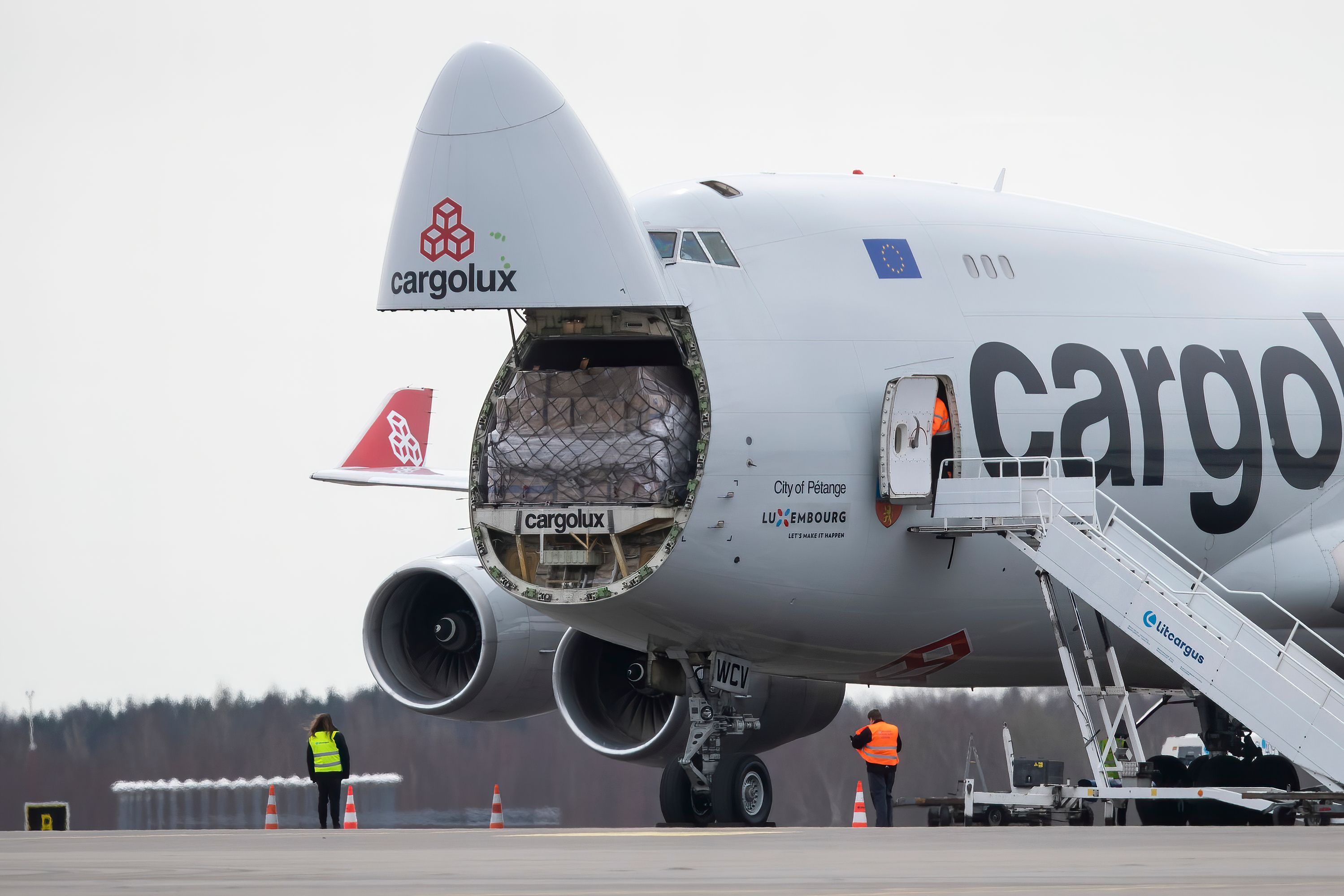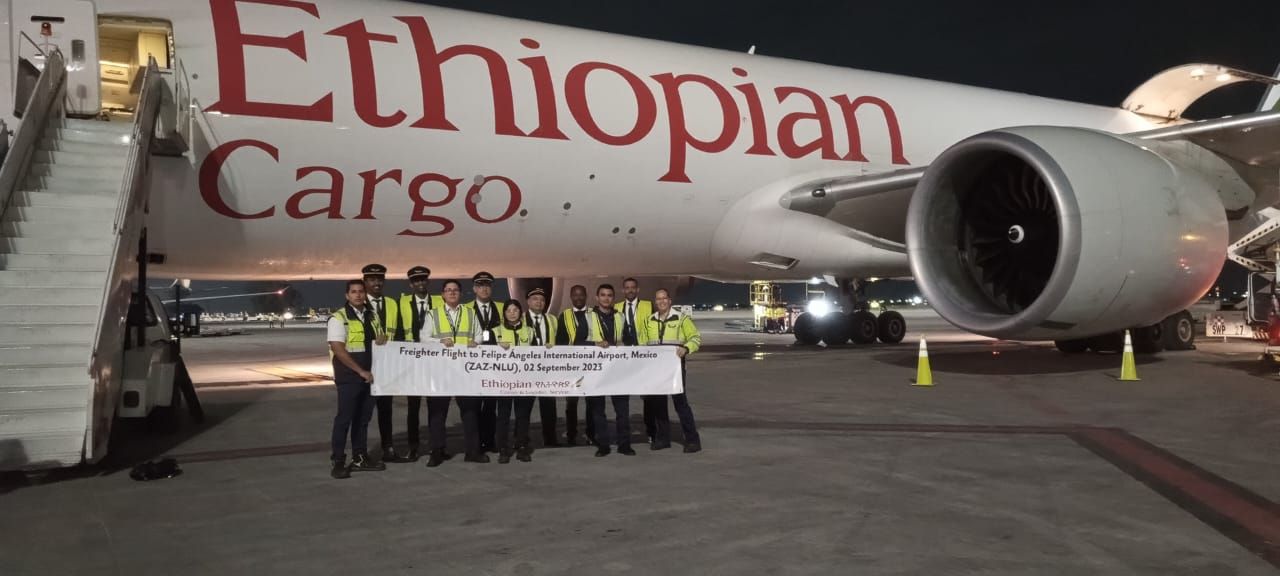Aircraft manufacturing giants Airbus and Boeing have forecasted a significant need for new cargo aircraft in the next two decades. These forecasted freighters include newly built aircraft and passenger-to-freighter (P2F) converters that will replace existing yet aging freighters. The need for new cargo planes is driven by the increase in demand for both general and express cargo.
Airbus shows in its 2023 Global Market Forecast (GMF) that the global air cargo will more than double in the next 20 years, from 250 billion Freight Ton Kilometers (FTK) in 2019 to 520 billion FTK in 2042. Boeing showed in its 2023 Commercial Market Outlook (CMO) that the growing e-commerce and supply chain is driving the cargo market. According to Boeing,
“Robust demand for dedicated cargo freighters will continue, despite the cyclicality of this sector, due to growing e-commerce and evolving supply chain networks.”
General and Express Air Cargo
The International Air Transport Association (IATA) describes general cargo as,
“General cargo are items that do not fall into the Special Cargo categories and that do not require any extra precautions or special handling during air transport. These types of items are retail and most consumer goods (with the exception of mobile phones, tablets and laptops), dry goods, hardware, textiles, and more.”
Express cargo encompasses items that result from e-commerce trades and have a specific timeline attached to them. Travel and other restrictions during the global pandemic gave rise to express cargo. More and more people rely on e-commerce, which drives the demand for express cargo fleets. IATA states that the value of the freight and the speed at which it must be delivered define the type of cargo demanded by the customers. According to IATA,
“Two main factors define the choice of air transport for certain products: the value of the commodities and the speed with which they must be transported. Urgent materials such as radiopharmaceuticals for medical diagnosis or treatment or high-value goods such as technological products and high value commodities are typically shipped by air cargo.”
Photo: Karolis Kavolelis | Shutterstock
In its 2023 CMO, Boeing shows that the express cargo fleet will grow by over 20% in the next two decades. In the United States and Canada, there were nearly 700 freighter aircraft in 2019. Between 2020 and 2022, an increase of over 10% was seen in the region, totaling over 775 freighters as of 2022. Europe saw more than 33% growth in freighter fleet since the start of the pandemic. This can be attributed to the air cargo supply of essential equipment and supplies as well as e-commerce products by traders and buyers. As of 2022, the region has more than 265 freight aircraft in operation.
Photo: Ethiopian
The Asian subcontinent (excluding China) is also a promising market when it comes to general and express air freight. The region has seen nearly 25% growth in express cargo fleet since 2019. Similarly, the Latin American region has seen a significant uptick in express cargo thanks to e-commerce and other similar opportunities available to increasing numbers of people.
What are your thoughts on the growth of the global express fleet and its trends in the next two decades? Share your opinion in the comments section.



